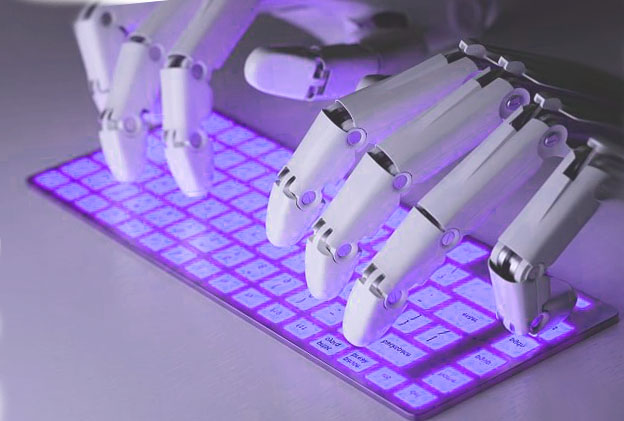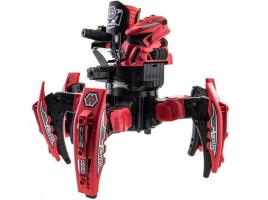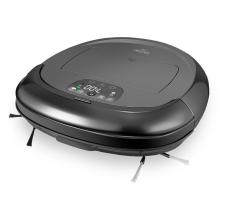Evolution is the ultimate trial and error process when it comes to the development of biological machines. Countless millennia have seen creatures big and small pay the ultimate price to have their species move on without them and the flawed traits that got them killed, and along with the dead go the schematics with which to make more redundant copies.
No kingdom of living beings has proven better at adapting than that of the social insect. With extremely fast life cycles, natural selection has led to an entire ocean of diversity, extreme specialization, and in the case of the social insects, ideas ripe for adoption by the robotics industry.

The fire ant is a tiny, sometimes fatal, and always annoying bug that most people associate with stings, rashes, and the southern United States. However, the little social pest may hold the key to innovation in the life saving industry of rescue robotics. Having already inspired new models of digital photography, the fire ant is making techno splashes again.
Researchers supported by the National Science Foundation’s Physics of Living Systems program have recently released a study showing that the tiny critters have been digging and traversing tunnels faster and more efficiently than our robots have, in ways that can be applied in future manufacture of subterranean and rescue models.
When human lives are on the line, every second counts. Being able to traverse a tunnel more efficiently can mean the difference between a robot finding a survivor or a fatality. The study has shown that the key to the fire ants’ underground success lies in consistency. When made to dig through tubes filled with various particle sizes of dirt, the diameter of the tunnels created by fire ants is consistent.
This proved one of the research hypotheses correct, as it was expected that the fire ant style of tunneling came down to the extended phenotypical trait of tunnel construction. When the fire ants were put through an ant farm-like maze and given a violent shake, dropping with forces of up to 27 times gravity, to see how they fared in a dramatic disruption, what was found surprised the observers. The little excavators used their sensory antennae as an emergency contingent: using them to grab hold of the tunnel wall.
“If we want to build machines that dig, we can build in controls like these ants have,” says Michael Goodisman, a professor from the Georgia Tech School of Biology. And why not? These creatures survive by digging, they do it right. With this new study giving more reason to make our technological help mimic the engineering of nature, robotics is becoming less about improving nature and more about finding inspiration in it.




